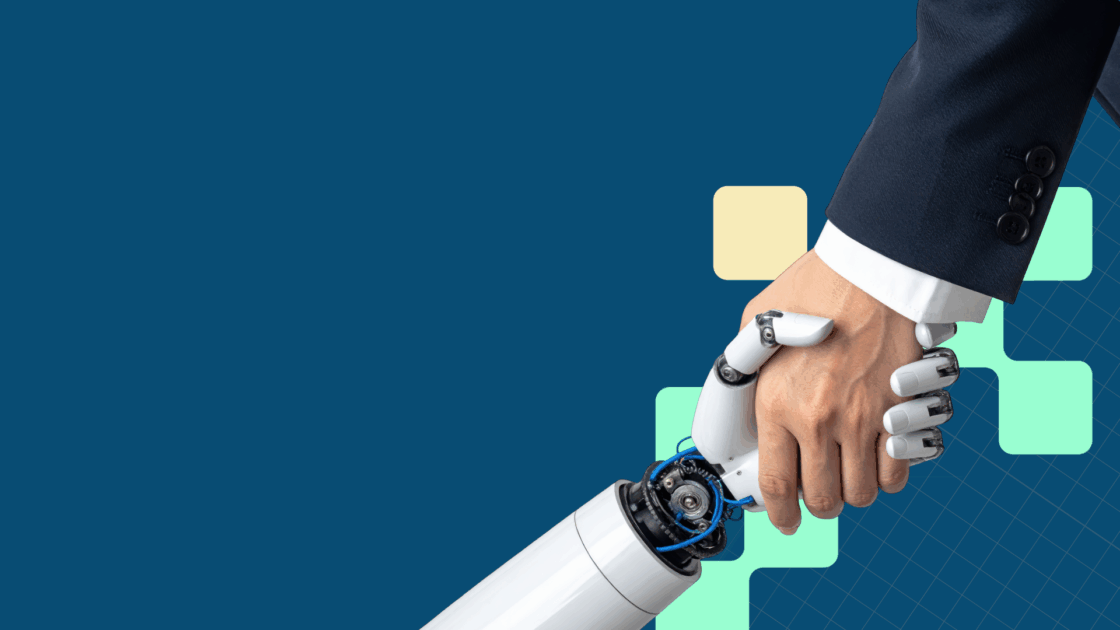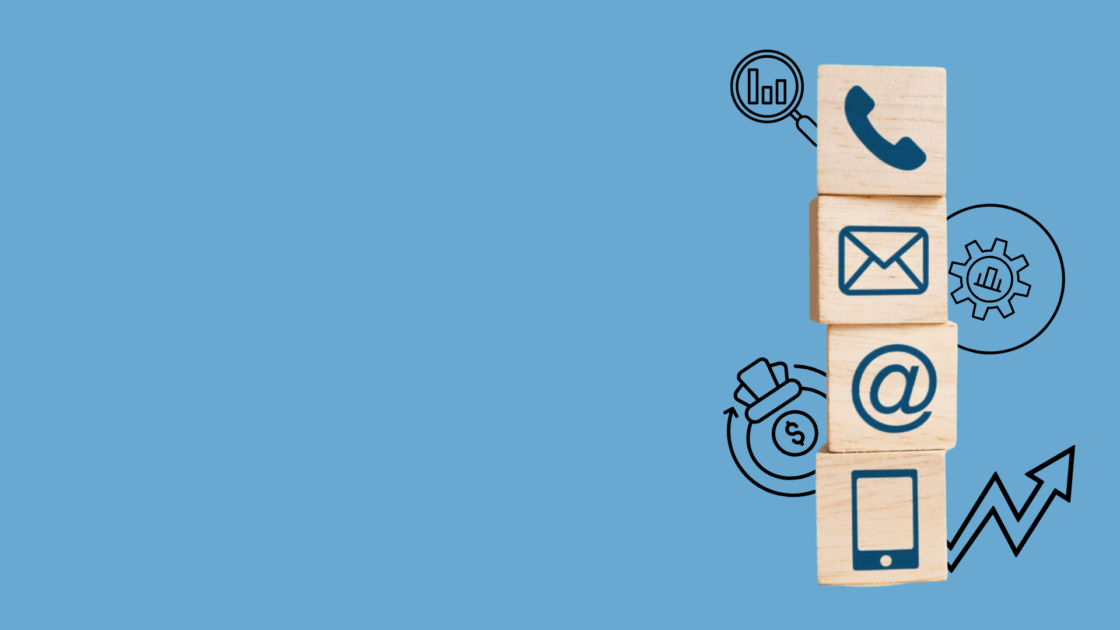The Art of Product-Led Growth (PLG) for B2B SaaS
The Art of Product-Led Growth (PLG) for B2B SaaS
A product-led growth strategy has become one of the most powerful go-to-market motions for modern B2B SaaS companies. Instead of relying solely on marketing campaigns or outbound sales, PLG puts the product itself at the center of the customer journey. With freemium models, self-serve onboarding, and in-app engagement flows, users experience value before they ever talk to a rep—driving faster adoption, lower acquisition costs, and stickier expansion paths.
But PLG isn’t just a growth hack—it’s a discipline. It requires intentional product design, deep cross-functional alignment, and a keen understanding of how buyers want to evaluate and adopt software today.
In this post, we’ll explore what a successful product-led growth strategy looks like in B2B SaaS, how to balance PLG with traditional sales-led models, and how to turn product usage into revenue.
Why Product-Led Growth Works in B2B SaaS
Today’s B2B buyers want the same thing they get as consumers: instant access, no friction, and clear value. They don’t want to sit through demos just to see what a product does. A product-led growth strategy meets this demand head-on by making it easy for users to try, adopt, and scale within your product.
When executed well, PLG drives efficient growth by reducing the need for high-cost acquisition channels. Instead, users become your top funnel. Marketing focuses on driving signups and initial activation, while the product itself does the heavy lifting of demonstrating value. Over time, usage data and in-app engagement drive signals that can be routed to sales, customer success, or lifecycle marketing for expansion.
PLG also increases product quality and customer alignment. When growth depends on users actually getting value, product teams prioritize features and flows that reduce friction, speed up time to value, and support real-world workflows. This customer-centricity fuels long-term retention and advocacy. As more B2B buyers demand transparency, control, and proof of value, PLG positions companies to deliver on those expectations without overreliance on human touchpoints.
Designing a PLG Motion: The Freemium and Free Trial Models
At the heart of most PLG strategies is the freemium or free trial experience. These entry points allow users to experience the product’s core value before committing to a purchase. But choosing the right model—and executing it well—requires strategy.
A freemium model gives users ongoing access to a basic version of the product. The challenge here is to deliver enough value to drive retention, while holding back premium features that encourage upgrades. Slack and Notion are classic examples—users get hooked on core functionality, then upgrade for advanced controls, integrations, or storage. The freemium approach works particularly well for horizontal SaaS products with wide appeal, viral use cases, or heavy collaboration.
A free trial, on the other hand, provides full access for a limited time. This model is ideal for products where depth is the differentiator and you want prospects to explore powerful features quickly. The key is to guide users to their “aha” moment—typically a feature or outcome that clearly shows the product’s benefit—within that window. Whether you choose freemium, free trial, or a hybrid model, the onboarding flow must be seamless, fast, and benefit-focused. PLG success hinges on how effectively you convert this early interest into sustained usage and upsell opportunity.
In-App Onboarding: Driving Activation and Adoption
Great PLG companies don’t just hand over access—they actively guide users through the product in a way that builds confidence and momentum. In-app onboarding is essential for helping users reach activation, the point where they realize initial value.
This could involve walkthroughs, tooltips, checklists, or guided templates—anything that gets users engaged quickly. For example, a project management tool might prompt new users to create their first board, add a task, and invite a teammate. These early actions are often tied to retention, so tracking and optimizing them is critical.
Onboarding should also be personalized based on role, use case, or industry. Data-driven triggers can adapt onboarding flows based on what users do (or don’t do), helping them progress without overwhelming them. PLG onboarding is not a one-size-fits-all sequence—it’s an evolving experience designed to reduce friction and encourage early wins. By building onboarding into the product experience, you create a virtuous cycle where more users activate, stay, and ultimately pay. In this way, onboarding becomes a key component of a successful product-led growth strategy.
Turning Product Usage Into Expansion Revenue
The magic of PLG is in the data. Every click, feature interaction, or upgrade attempt becomes a signal. The most successful PLG companies use this product usage data to inform lifecycle marketing, customer success plays, and even sales outreach.
Product-qualified leads (PQLs) are a cornerstone of PLG. These are users who demonstrate buying intent based on behavior—such as exceeding usage limits, inviting teammates, or repeatedly using high-value features. Instead of chasing cold leads, sales teams can engage these warm accounts with tailored messaging and targeted offers.
Upsell paths are often embedded directly in the product itself—prompts to upgrade when a user hits a feature gate, needs to increase usage, or wants support. And because the user has already seen value, these upgrades feel like a natural next step, not a hard sell. Marketing can support this by creating contextual in-app messages, nurture campaigns triggered by usage milestones, or content that shows what’s possible in the next tier. The result is a flywheel where user success drives growth and supports the overall product-led growth strategy.
Blending PLG with Sales-Led Growth
PLG doesn’t mean sales goes away. In fact, many of the most effective SaaS companies pair product-led growth with sales-assisted expansion. This is especially powerful in enterprise environments where large deals require procurement, security reviews, and stakeholder consensus.
The key is to let product usage data guide the handoff. When users reach meaningful milestones—like a team-wide rollout or high-volume usage—sales can engage with context, relevance, and proof of value already established. This makes for a more productive and consultative sales experience.
Many SaaS organizations now use a “low-touch to high-touch” GTM framework. Early-stage engagement is self-serve and product-led. But as value builds and the buying conversation expands, sales steps in with a strategic, account-based approach. This hybrid motion ensures you meet buyers where they are, whether they want to self-serve or talk to someone. Done right, it creates a seamless customer experience that scales from startup to enterprise. When integrated properly, a blended model of PLG for SaaS and sales-led growth enables maximum reach and ROI.
Final Thoughts
A product-led growth strategy isn’t just a trend—it’s a blueprint for modern SaaS growth. By reducing friction, showcasing value early, and using product data to drive intelligent engagement, PLG accelerates adoption and unlocks expansion.
But it’s not automatic. PLG requires cross-functional alignment, thoughtful onboarding, and a feedback loop between product, marketing, and sales. When done right, it transforms your product into your best growth engine.
If you’re building a PLG motion or improving freemium conversion, onboarding, or data-driven expansion paths, Aventi Group can help. Contact us to learn how we help SaaS teams build and scale product-led growth strategies that work.




